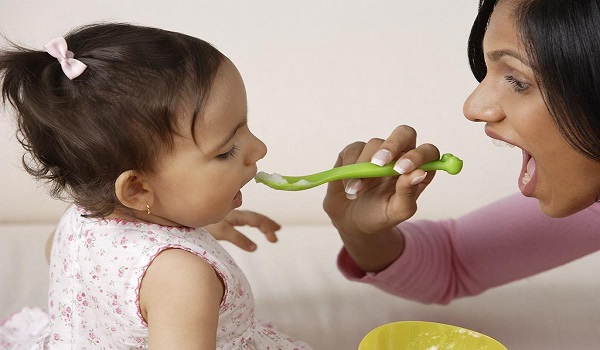The toddler snack sector in India is experiencing a remarkable surge, fueled by shifting parental priorities and a demand for convenient, nutrient-rich options. As urban lifestyles evolve and dual-income households become the norm, packaged snacks tailored for young children are gaining traction. However, this burgeoning market is grappling with significant challenges, particularly the absence of robust regulations, raising concerns among parents and experts alike.
A Growing Market Driven by Convenience and Nutrition
With time-strapped parents seeking alternatives to traditional homemade foods like mashed bananas or suji halwa, the toddler snack industry has stepped in with innovative offerings. Products boasting organic ingredients, millets, and natural sweeteners are flooding shelves, marketed as wholesome substitutes for busy families. Companies such as Babbel Bites, Little Munchkins, and PureJoy Foods are leading the charge, emphasizing transparency and health-focused formulations.
The rise in health literacy among Indian parents has been a key catalyst. Aware of the risks posed by excessive sugar, sodium, and synthetic additives, consumers are gravitating toward snacks featuring whole grains, pulses, and regional staples like roasted makhana or jaggery. This trend aligns with a broader cultural shift toward clean eating, with parents prioritizing products free from harmful preservatives.
Regulatory Gaps Spark Concerns
Despite the market’s growth, a glaring issue persists: the lack of specific regulations for toddler snacks. The Food Safety and Standards Authority of India (FSSAI) oversees general food safety, but toddler snacks fall into a regulatory gray area. Unlike infant formulas, which have stringent guidelines, snacks for children aged 1-3 often escape rigorous scrutiny. This loophole allows some brands to market products with questionable ingredients, such as hidden sugars or artificial flavors, under the guise of being “healthy.”
Nutritionists have flagged misleading labels as a major hurdle for parents. Terms like “natural” or “wholesome” are often used loosely, leaving consumers confused. Experts are calling for a dedicated regulatory framework to enforce clear nutritional standards, mandatory allergen disclosures, and age-specific safety guidelines to protect vulnerable toddlers.
Affordability and Accessibility Challenges
While premium toddler snacks are a hit among affluent urban families, their high cost limits widespread adoption. For many in India’s middle and lower-income brackets, homemade options remain the default due to budget constraints. Industry leaders face the challenge of balancing quality with affordability to capture a broader market. Initiatives to scale production or leverage local ingredients could help bridge this gap, making nutritious snacks accessible to diverse demographics.
Safety and Palatability Issues
Beyond regulations, safety concerns loom large. Choking hazards are a critical risk for toddlers, yet not all brands provide clear serving instructions or age-appropriate texture guidelines. Parents have also voiced frustrations over inconsistent product quality, with some snacks being too tough or bland for young palates. Successful brands will need to prioritize soft, digestible textures and flavors that appeal to toddlers while maintaining nutritional integrity.
The Role of Technology and Sustainability
The toddler snack market is also being shaped by digital platforms and eco-conscious trends. E-commerce giants and social media marketplaces have made it easier for parents to discover and review products, though fake reviews and overhyped claims remain pitfalls. Meanwhile, environmentally aware consumers are pushing for sustainable packaging. Brands experimenting with compostable materials or minimal plastic use are gaining favor, signaling a shift toward greener practices.
Cultural and Expert Influence
Interestingly, the market is seeing a revival of traditional Indian ingredients, with snacks incorporating ragi, amaranth, and ghee resonating with parents who value cultural familiarity. Pediatricians and dietitians are also playing a pivotal role, with some brands partnering with experts to validate their offerings. These collaborations lend credibility and help parents navigate the crowded market with confidence.
The Path Forward
The toddler snack industry in India holds immense potential, but its success hinges on addressing critical gaps. Stricter regulations, affordable pricing, and a focus on safety and sustainability will be key to sustaining growth. For parents, vigilance remains essential—checking labels, consulting experts, and balancing packaged snacks with fresh foods can ensure toddlers receive optimal nutrition.
As the industry matures, innovations like smart packaging with nutritional transparency or AI-driven personalization could redefine the landscape. By aligning with consumer needs and regulatory demands, India’s toddler snack market can emerge as a global leader, delivering safe, delicious, and nutritious options for the country’s youngest eaters.


